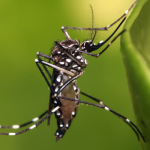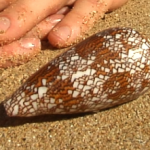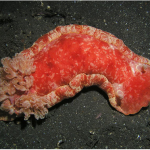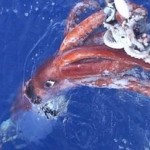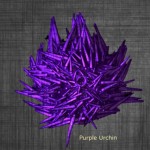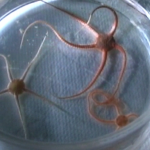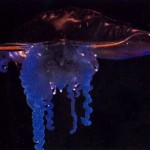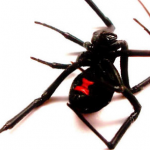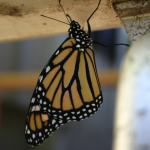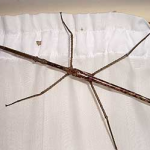Invertebrates
An invertebrate is an animal lacking a vertebral column. The group includes 98 percent of all animal species: all animals except those in the Chordate subphylum Vertebrata (fish, reptiles, amphibians, birds and mammals).
Carolus Linnaeus’ Systema Naturae divided these animals into only two groups, the Insecta and the now-obsolete Vermes (worms). Jean-Baptiste Lamarck, who was appointed to the position of Curator of Insecta and Vermes at the Muséum National d’Histoire Naturelle in 1793, both coined the term “invertebrate” to describe such and divided the original two groups into 10, by splitting off Arachnida and Crustacea from the Linnean Insecta, and Mollusca, Annelida, Cirripedia, Radiata, Coelenterata and Infusoria from the Linnean Vermes. They are now classified into over 30 phyla, from simple organisms such as sea sponges and flatworms to complex animals such as arthropods and molluscs.
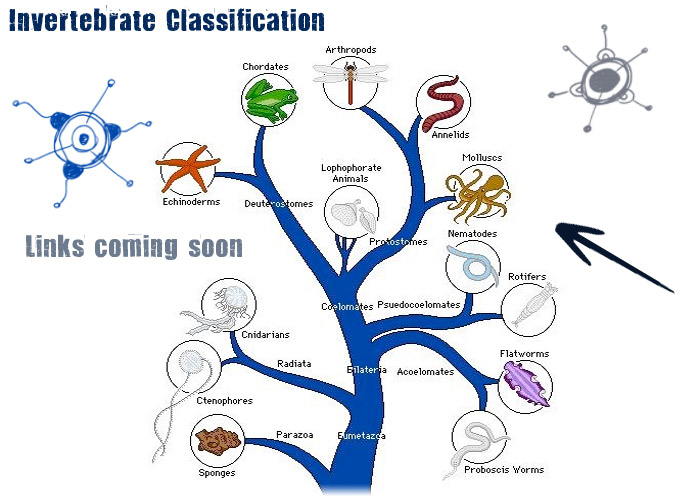
Invertebrates form a paraphyletic group. All the listed phyla are invertebrates along with two of the three subphyla in Phylum Chordata: Urochordata and Cephalochordata. These two, plus all the other known invertebrates, have only one cluster of Hox genes, while the vertebrates have duplicated their original cluster more than once.
Within paleozoology and paleobiology, invertebrates big and small are often studied within the fossil discipline called invertebrate paleontology.
- Annelida — segmented worms (earthworms, leeches, polychaetes)
- Arthropoda — insects, arachnids, crustaceans
- Cnidaria — jellyfishes, corals, sea anemones, hydras
- Echinodermata — starfish, sea urchins, sea cucumbers
- Mollusca — squid, snails, bivalves
- Nematoda — round worms
- Nematomorpha — horsehair worms or gordian worms
- Onchophora – Velvet worms
- Platyhelminthes — flat worms
- Porifera — sponges

